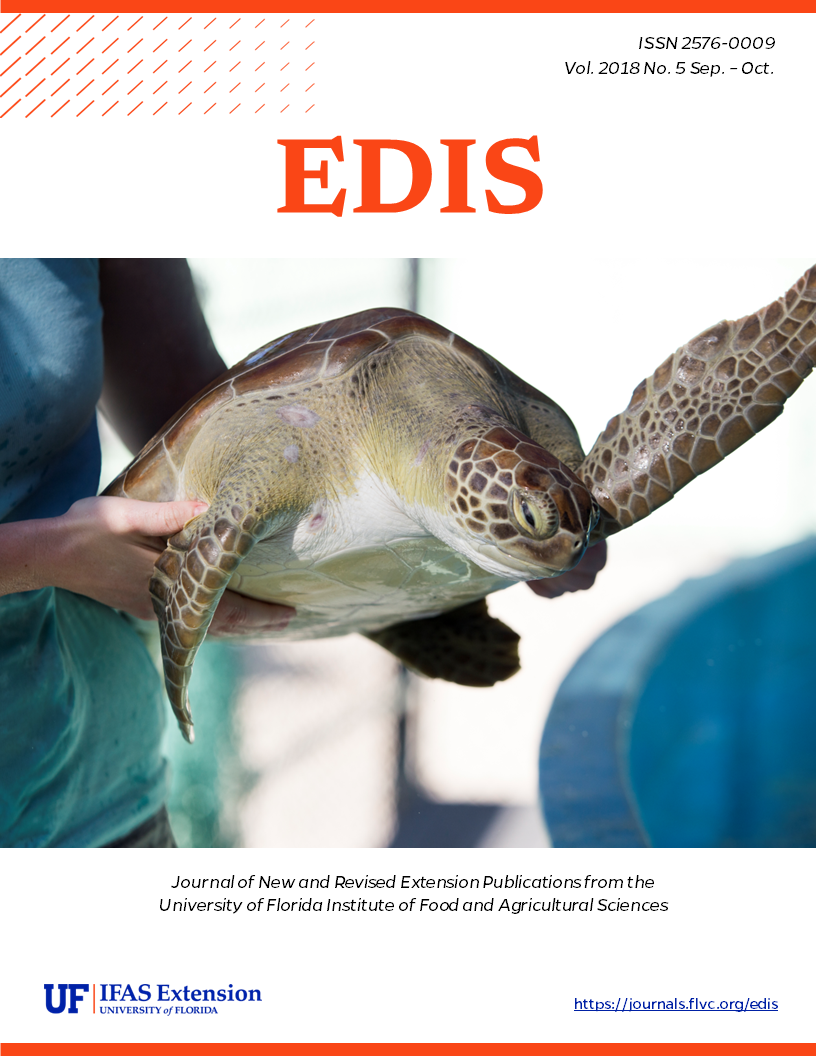Abstract
Bitter panicgrass is important in dune stabilization and building and often grows intermixed with sea oats on
foredunes. It is also found spread throughout back dunes, interdunal swales, and coastal grasslands. This plant
occurs throughout coastal Florida, except for the Big Bend coast, west to New Mexico, and along coastal northeast states to Massachusetts. A significant proportion of bitter panicgrass reproduction is by vegetative spread; its seeds are often sterile.
https://edis.ifas.ufl.edu/sg178
This publication is derived from information in SGEB-75/SG156, Dune Restoration and Enhancement for the Florida Panhandle, by Debbie Miller, Mack Thetford, Christina Verlinde, Gabriel Campbell, and Ashlynn Smith. https://edis.ifas.ufl.edu/sg156.
References
Hester, M.W., and I.A. Mendelssohn. 1990. "Effects of macronutrient and micronutrient additions on photosynthesis, growth parameters, and leaf nutrient concentrations of Uniola paniculata and Panicum amarum." Botanical Gazette 151(1):21-29. https://doi.org/10.1086/337800
Lamphere, J. 2017. "Plant guide - bitter panicum." USDA NRCS Golden Meadow Plant Materials Center. United States Department of Agriculture (USDA) Natural Resource Conservation Service (NRCS). The PLANTS Database. http://plants.usda.gov/plantguide/pdf/pg_paam2.pdf
Seneca, E.D. 1969. "Germination response to temperature and salinity of four dune grasses from the outer banks of North Carolina." Ecology 50(1):45-53. https://doi.org/10.2307/1934661
Willis, J.M., and M.W. Hester. 2008. "Evaluation of enhanced Panicum amarum establishment through fragment plantings and humic acid treatment." Journal of Coastal Research 24(2B):263-268. https://doi.org/10.2112/06-0669.1
Miller, D.L., M. Thetford, and L. Yager. 2001. "Evaluation of sand fence and vegetation for dune building following overwash by Hurricane Opal on Santa Rosa Island, Florida." Journal of Coastal Research 17(4):936-948.
Unless otherwise specified, articles published in the EDIS journal after January 1, 2024 are licensed under a Creative Commons Attribution-NonCommercial-NoDerivs 4.0 International (CC BY-NC-ND 4.0) license.

